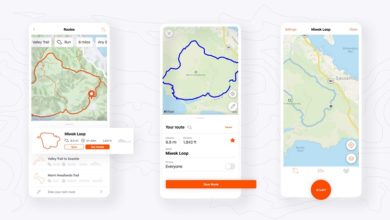The dependable Moto E7 Power – Review
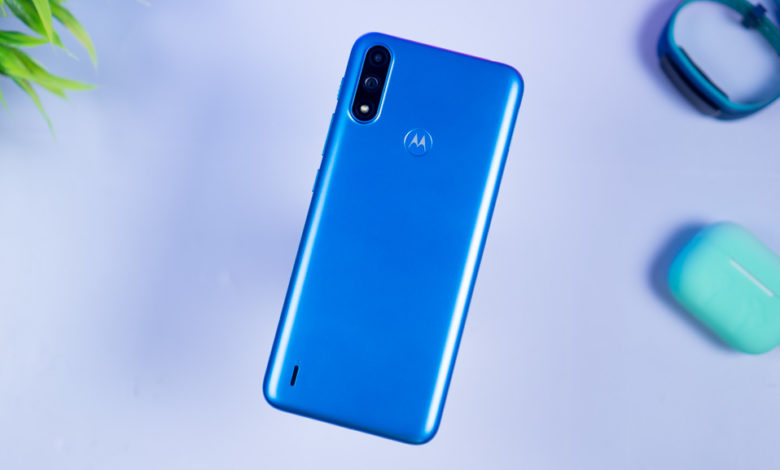
Moto E7 Power is launched in India for a price of Rs 8299. This is an entry level mobile targeted at people who are looking to buy their first smartphone or anyone who is looking for a dependable basic mobile at a price of under Rs 10k. People choose Moto mobiles over other brands for clean Android experience. Compared to competition in the market, Moto mobiles in this segment may be a bit expensive, but the competition could potentially be making money by including bloatware and also forcing their ad on you for an alternative revenue while selling you a cheaper mobile with higher specifications. Moto is one of the few choices for people who value privacy and non-intrusive user-experience and are willing to pay a bit more for that.
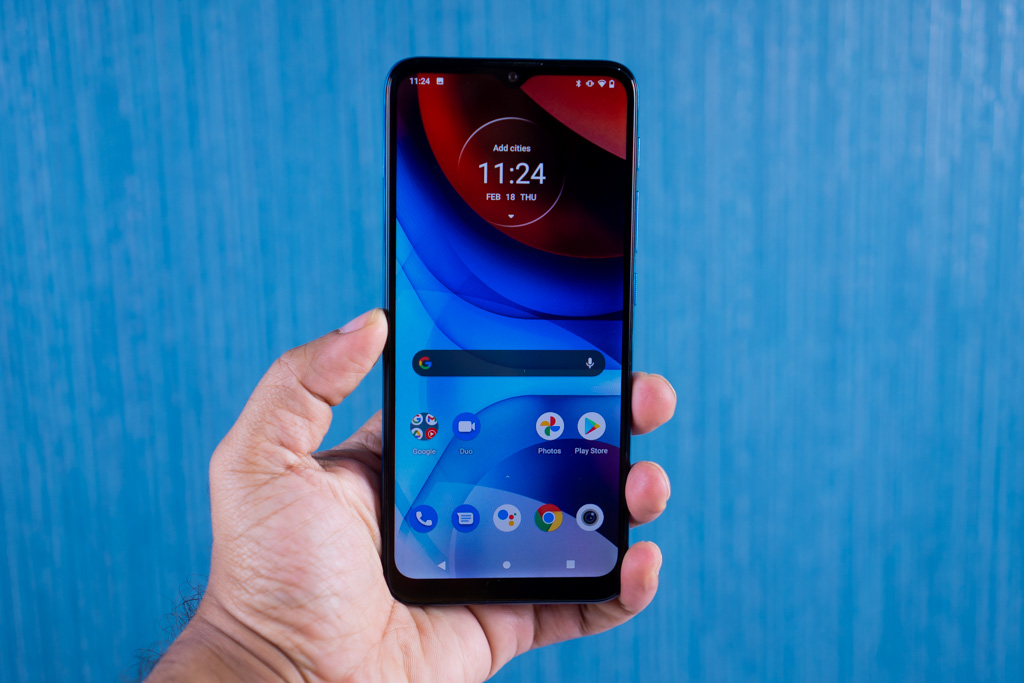
Moto E7 Power has a massive 5000 mAh battery. It is powered by the entry level Helio G25 processor with 4 GB of RAM and 64 GB internal storage which is introduced at a price of Rs 8299. There is also a 2 GB / 32 GB variant priced at Rs 7499. It uses DDR4 type of RAM and eMCP storage type. Moto E7 has 2×2 MiMo for faster network speed and better signal performance. Pricing of the Moto e7 power is perfect and I would say that Motorola has nailed it.
In the Box
- Moto E7 Power
- TPU Case
- 10W Charger
- USB C Cable
- Sim Tray Tool
- User Manual
Design
Moto E7 Power is made of polycarbonate and the display is protected by Panda glass. It weighs around 200g and is 9.2mmthick. The mobile has a matte finish and it has good grip. The bottom has USB C Port and a single mic. The top has 3.5mm jack. One the right you would find all the buttons. While the volume rocker and power button location is fine, the google assistant button is not reachable with single hand and I wish, it was moved to the left along with the SIM card tray. It has hybrid SIM card tray with support for SD cards upto 1 TB. While currently 1TB SD cards are 3x costlier than the cost of the mobile, I still wish they had a dedicated card slot, especially for a mobile like E7 Power and its target audience.
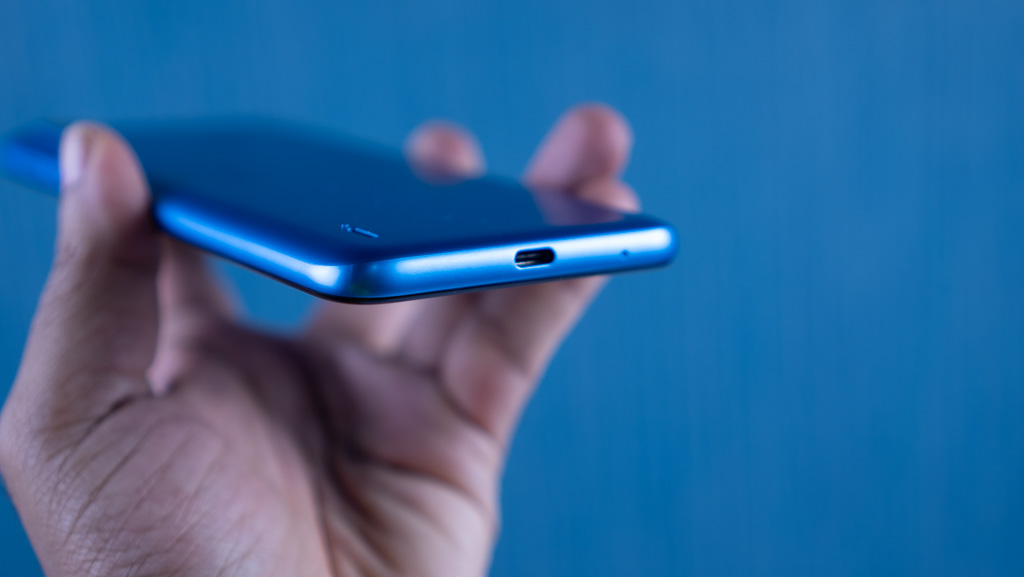
Moto E7 Power has IP52 water repellent design which means that accidental spill may not damage the mobile easily. It is a dual VoLTE and VoWiFi enabled mobile. The fingerprint sensor at the back is fast and the face unlock is also dependable. The loudspeaker is good enough to hear the ring tone in a busy place, but due to the location of the speaker at the back of the mobile, it may not be the ideal speaker to listen to music. Moto E7 has not missed out on Notification LED light and FM Radio features.
Display
The display on Moto E7 Power is a HD+ display which is a typical specification in this budget these days. It is a 6.5” Max Vision HD+ display with 60Hz refresh rate. The display has good colors and viewing angles indoors. But outdoor visibility under direct sunlight is poor. It has a tiny non-intrusive drop notch. It is protected by a hard tempered Panda glass.
Camera
Moto E7 Power has a dual camera setup at the back. The primary 13 MP sensor with a 2 MP macro sensor and a single LED flash is mounted at the back with minimal camera bump. The drop notch on the front houses the 5 MP selfie camera. The primary camera performance is good for a mobile in this price range. The dynamic range is good, but the saturation is a bit high. The white balance is a leaning towards warmer tones. The details are not very sharp but I am nitpicking too much for a mobile in this price bracket. Moto could have completely ditched the 2 MP macro sensor. Macro shots are grainy and below average. While the primary camera can focus up to 10 cm close and also can click portrait shots without a depth sensor, I wish Moto was bold enough to ditch the least popular macro camera.
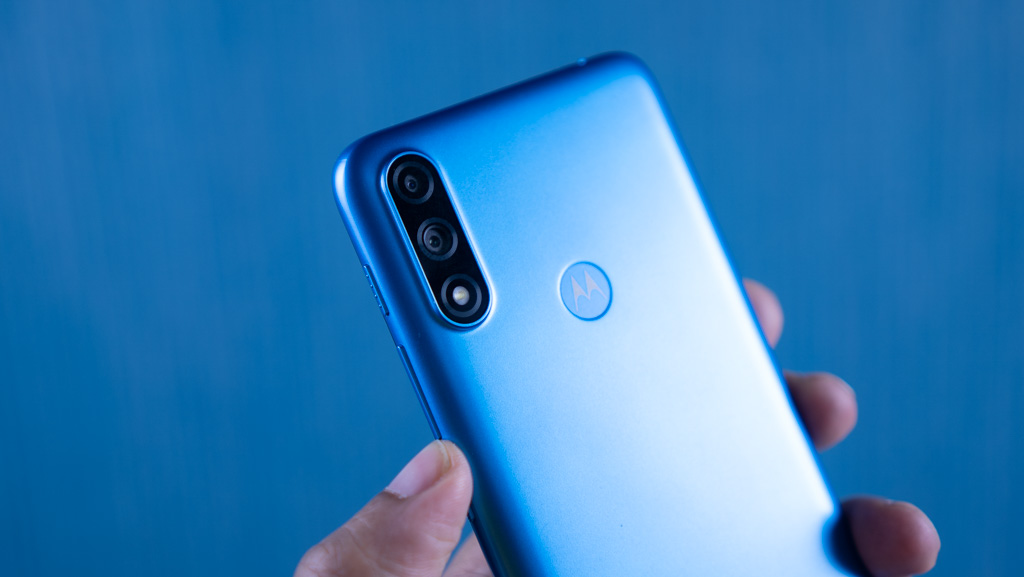
The mobile can shoot videos at max 1080p resolution, both on the front and rear primary camera. It does not have EIS, but otherwise the quality of the footage is good. The front camera can click good selfies under good light. The camera UI is a bit slow and it takes about 10 sec for it to be ready for the next shot. It lacks all the usual fun features on a Moto camera app, but I understand that the G25 chipset may not be equipped to handle that. For a mobile of this price bracket, the camera on the Moto E7 Power does justice and meets the requirements, but fails to excite.















Performance
MediaTek Helio G25 is not so different from the older A25, but the clock speed is faster and also real-life experience is faster. My review unit is the 4 GB variant and with this I was surprised at the mobile’s gaming performance. It could handle even the most resource heavy games but only smooth at low graphics mode. It does not heat up extremely. Moto E7 power misses out on orientation and gyroscope sensor which would have been appreciated by the gaming teens in the target audience. Though it has 2×2 MiMo for a faster network speeds, it misses out on 5Ghz WiFi support. The DDR4 RAM and eMCP storage gives a faster user experience with regular apps and games. I find the performance of the E7 Power surprisingly good.
Software
Moto E7 Power runs on stock Android 10 with no bloatware or any additional apps. The usual Moto app is also also missing. But Moto has included a few gestures under settings. The chop to flash light is available, but the twist to open camera is missing. The UI is not snappy due to the transition animations. But once I disabled these animation from the developer settings, the UI instantly turned into a snappy experience. Moto must include this option in the Display settings in future. I installed over 40 applications and still the mobile was able to handle it smoothly.
Battery
Moto E7 Power has a 5000 mAh battery which is its core value proposition, but out there in the market there are a dozen option in this segment which has more than 5000 mAh battery. What differentiates the Moto E7 Power is the battery optimization. It is done well and with the lean UI, HD+ display and G25 processor, the 5000 mAh battery is more of a 8000 mAh battery equivalent. In my test period, the mobile ran for more than 2.5 days on a single charge. But with the included 10W charger, it took about 3+ hours to charge it. I leave it overnight to charge and hence I couldn’t accurately tell the time taken to charge, but pretty sure its more than 3 hours.
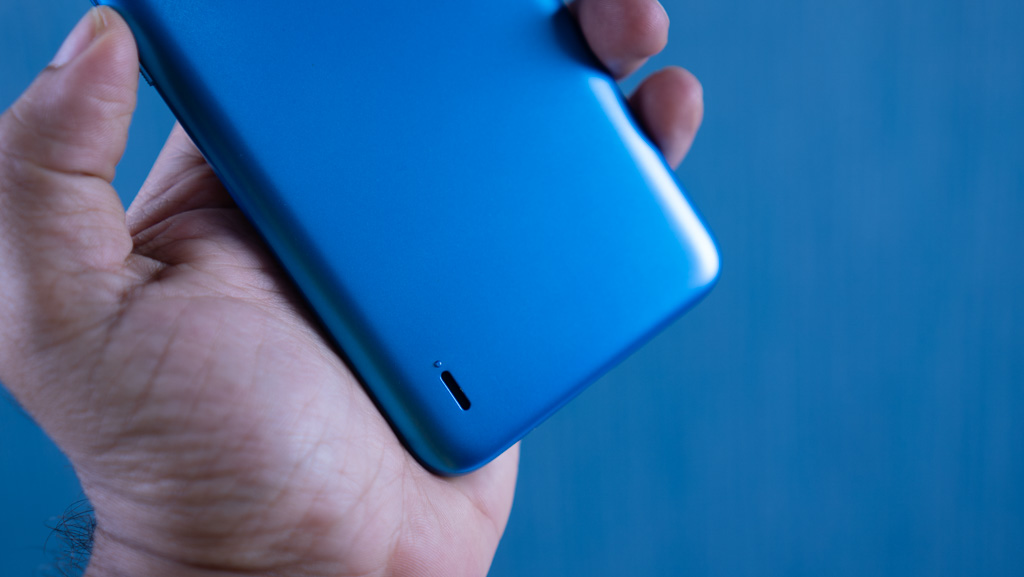
Verdict
Moto E Series used to be unique in this segment with a unique value proposition. But its not the case anymore. The competition is surging ahead with killer specs and competitive pricing strategy. Moto seems to be indifferent towards such threats. They are steady and have not lost focus on what they want to deliver to their existing customer base. But if they want to acquire more market share, they have to be more willing to make the mobile solutions exciting. I would strongly recommend you to buy the Moto E7 Power, if your budget is under 10k and you need mobile with large screen, secure software and mega battery life. If you don’t mind the bloatware and ads in your UI, you have plenty of other options. If I were you, I would choose the Moto E7 Power as it is a dependable mobile. The cons, outweigh the value E7 Power brings to the table.



